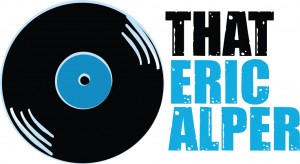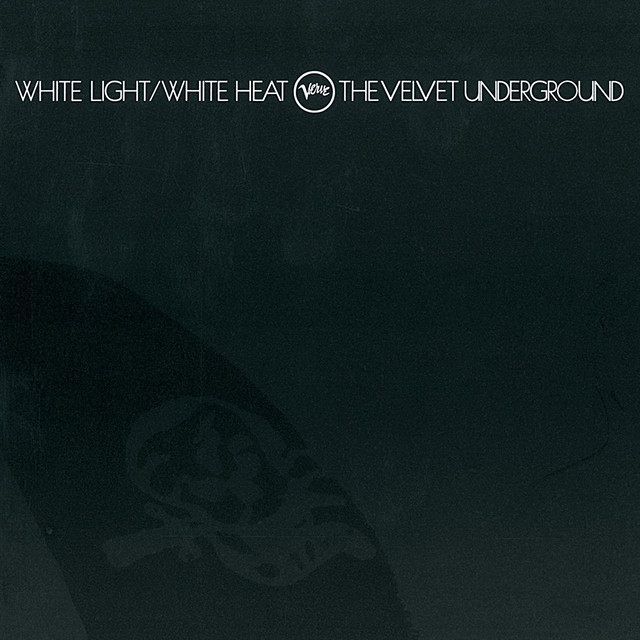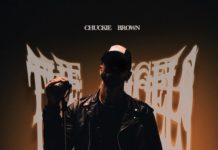When White Light/White Heat was released in 1968, The Velvet Underground smashed the rules to pieces. Raw, chaotic, and thrillingly imperfect, it captured the band’s live energy like lightning in a bottle. Over the years, the album has become legendary, but here are five facts that even some superfans might not know:
1. “Sister Ray” Was Recorded in One Take – And It Nearly Drove Everyone Crazy
The 17-minute epic “Sister Ray” was intentionally recorded in one single, blistering take. Lou Reed insisted the band power through the chaos without stopping, even when engineer Gary Kellgren reportedly walked out of the session! The result? A wall of glorious noise that became a blueprint for punk, noise rock, and beyond.
2.Andy Warhol Was Still Behind the Band—But Not the Cover
Even though Andy Warhol was officially out of the picture, his influence on the Velvet Underground lingered. But contrary to popular belief, the White Light/White Heat cover was not his idea. Lou Reed selected the image—a tiny skull tattoo—after spotting it in a photograph Billy Name took on the set of Bike Boy, featuring Joe Spencer and Ann Wehrer. It was Lou’s idea to isolate the skull, and Billy’s idea to print it black-on-black, creating the album’s haunting, nearly invisible cover. Warhol didn’t design it, but the eerie aesthetic is still unmistakably Velvet Underground.
3. “The Gift” Was Born From Lou Reed’s College Days
The bizarre spoken-word piece “The Gift,” told in John Cale’s deadpan voice, was based on a short story Lou Reed had written while studying at Syracuse University. Mixing gruesome storytelling with wild guitar feedback, the song was a fearless mashup of literature and rock long before it became cool.
4. They Played So Loud, They Broke The Studio’s Limits
The band’s endorsement deal with Vox gave them access to top-notch amplifiers—and they used them to devastating effect. They played so loudly during recording that the meters in the studio maxed out into the red. The resulting distortion wasn’t just tolerated — it became the album’s signature sound, blazing a trail for generations of rock rebels.
5. “Here She Comes Now” Was Meant For Nico
Originally, “Here She Comes Now” was intended to be sung by Nico, who had performed it during the Exploding Plastic Inevitable shows. After Nico and the band parted ways, Lou Reed stepped in. The simple, haunting ballad stands out as a moment of quiet beauty on an album otherwise teeming with chaos and distortion.
Even though White Light/White Heat barely made a dent in the charts when it was first released, its influence would go on to shake the music world to its core. From punk to noise rock to alternative music, generations of artists found inspiration in its fearless, distorted beauty. The Velvet Underground may not have seen commercial success in their time, but they lit a fire that never went out — proving that sometimes the records that sell the fewest copies are the ones that change everything.







